July 06, 2022
— Kasper Ullits (CPO/Founder)
The state of the return to the office 2022
How is the return to the office going? Are companies returning to the office? What does employees think about returning to the office? Let’s take a deep dive into the data surrounding the return to the office.
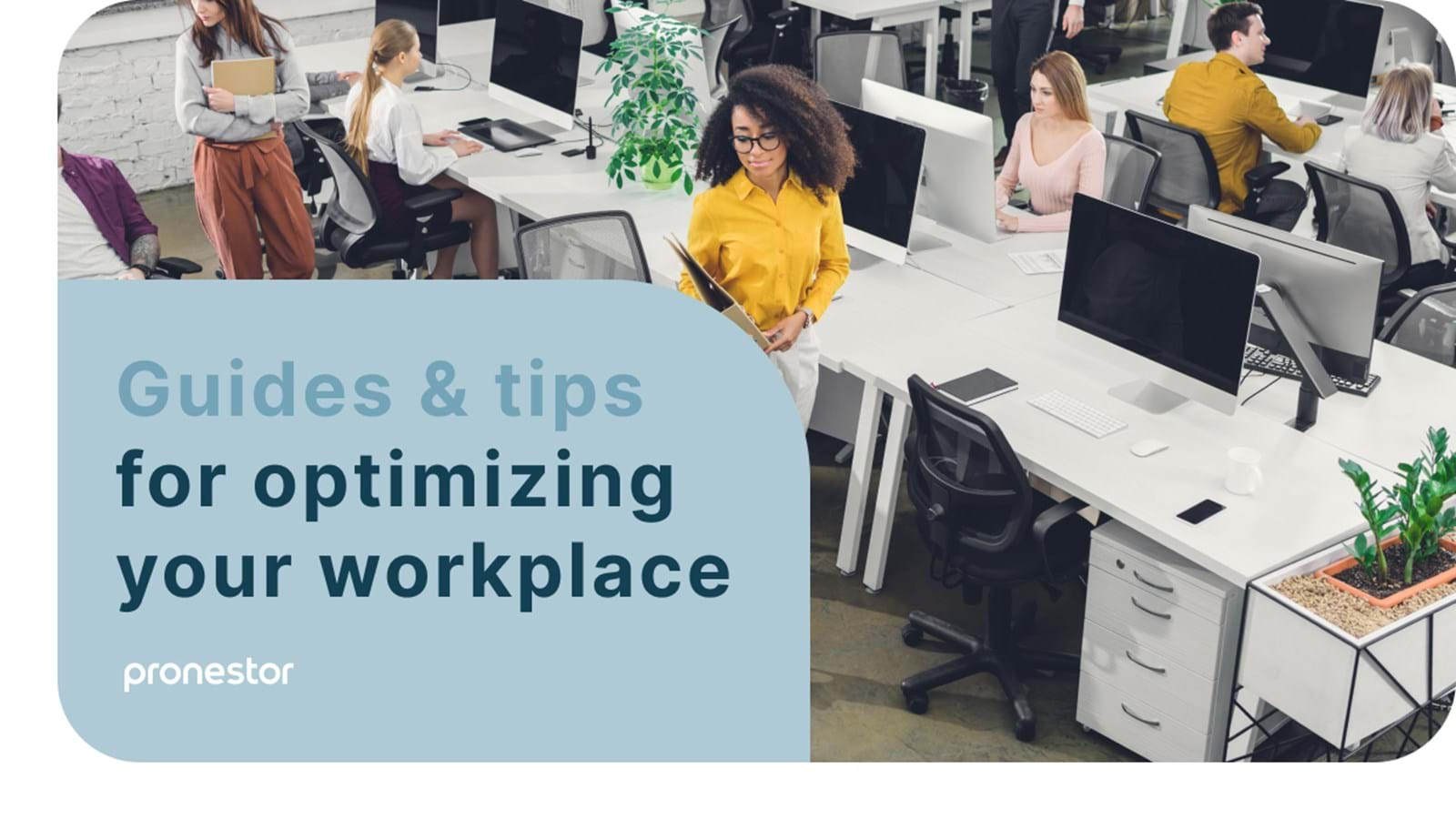
2022 has been the year where companies began their return to the office in earnest. Companies like Twitter, Google and Apple announced that they would implement hybrid work as part of their return strategy, and many other companies have been following suit.
But even after major corporations announced their strategies, policies, and plans for hybrid work, the state of the return to the office is still shrouded in questions.
What are the main concerns of employees when it comes to the return to the office? How do they want to return to the office? Are they using their reopened offices at all?
We gathered data on everything surrounding the state of the return to the office, to answer those questions, and now we’re giving it all away for free.
Are employees returning to the office?
The data displayed in the graph below is collected from organizations in 38 different countries and displays the development in meeting room bookings per month. This seems to suggest that offices are seeing more use now than they did during 2020 and 2021 and are even breaking 2019 numbers.
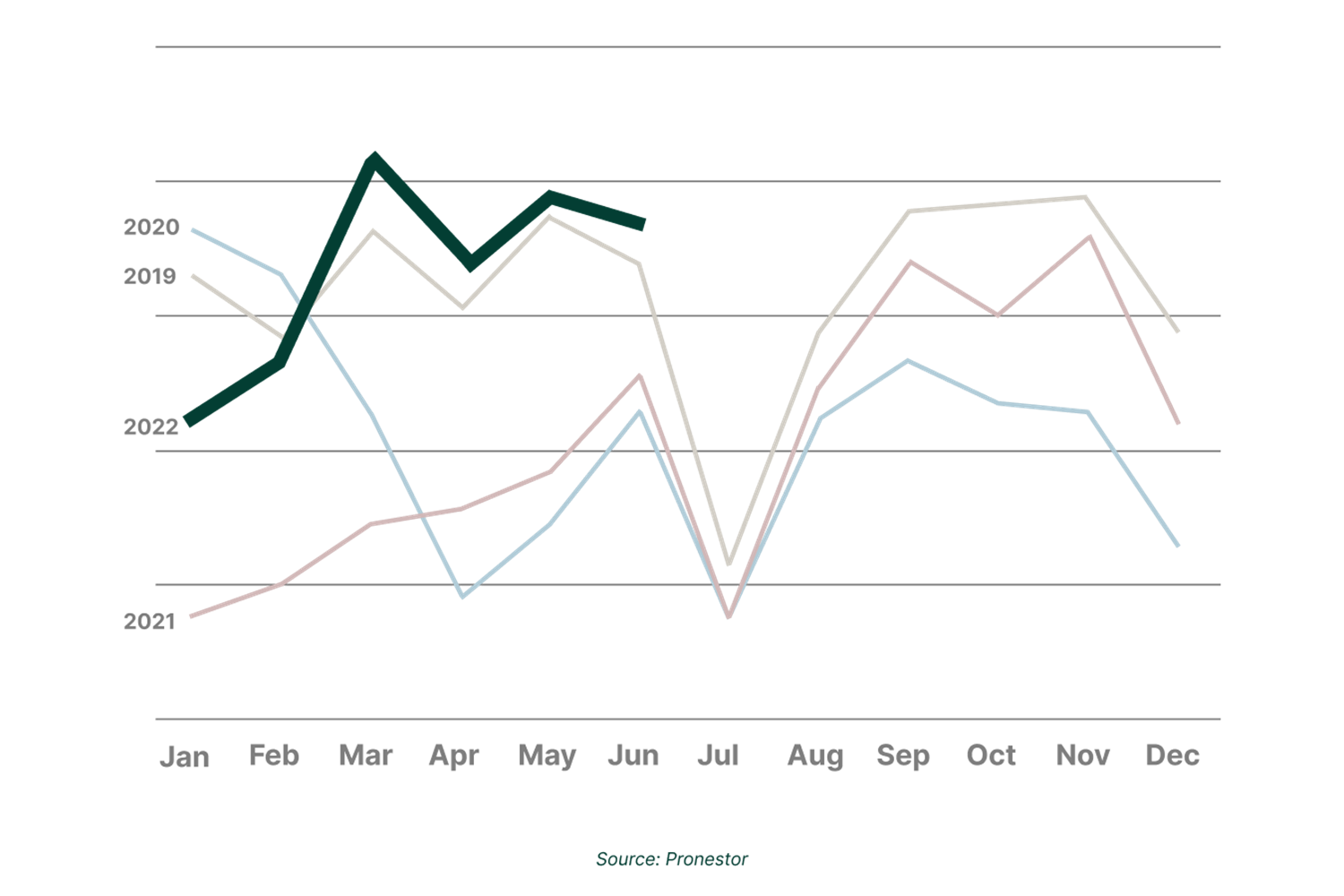

How do we use the office after covid?
Looking at the data from our meeting room scheduling software shows changes in the way we are using our office spaces after going hybrid. Most notably is the length of in-office meetings, which has seen a steady reduction month for month, when compared to meeting lengths during covid and lockdowns.
The return to the office is more than just going back to the office
When you decide to return to the office, there’s the question of how you return to the office. Are you going to return to the office full time, or are you going with a hybrid work model?
Many companies favor the hybrid model, and with good reason. If you look at the data from a recent survey carried out in France, Germany, Netherlands, the Nordics, and the UK, the hybrid work model addresses some of the concerns that employees have, when it comes to returning to the office. *
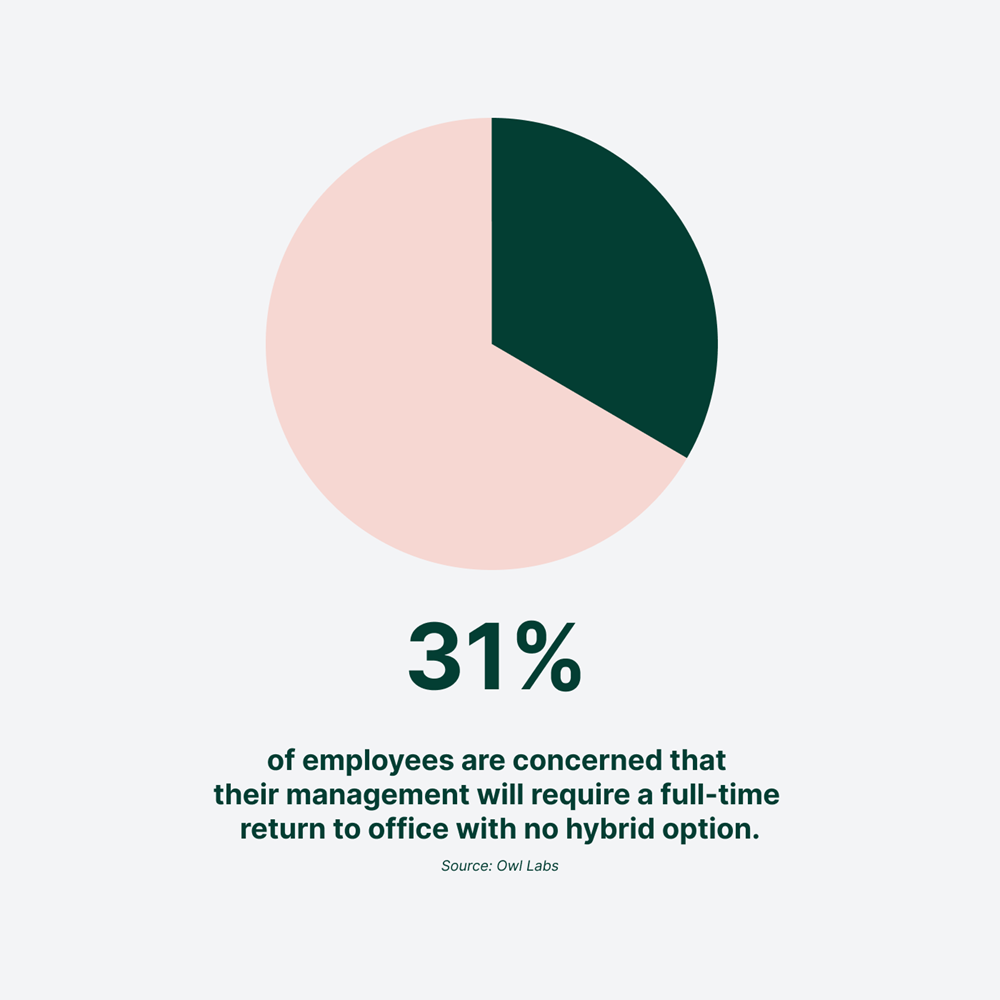
You might be returning to the office, but you’re not returning to 2019
Having spent the past two years improving remote working experiences, there’s no reason to go back, but at the same time, there’s no reason to stay in the place we were during the pandemic either.
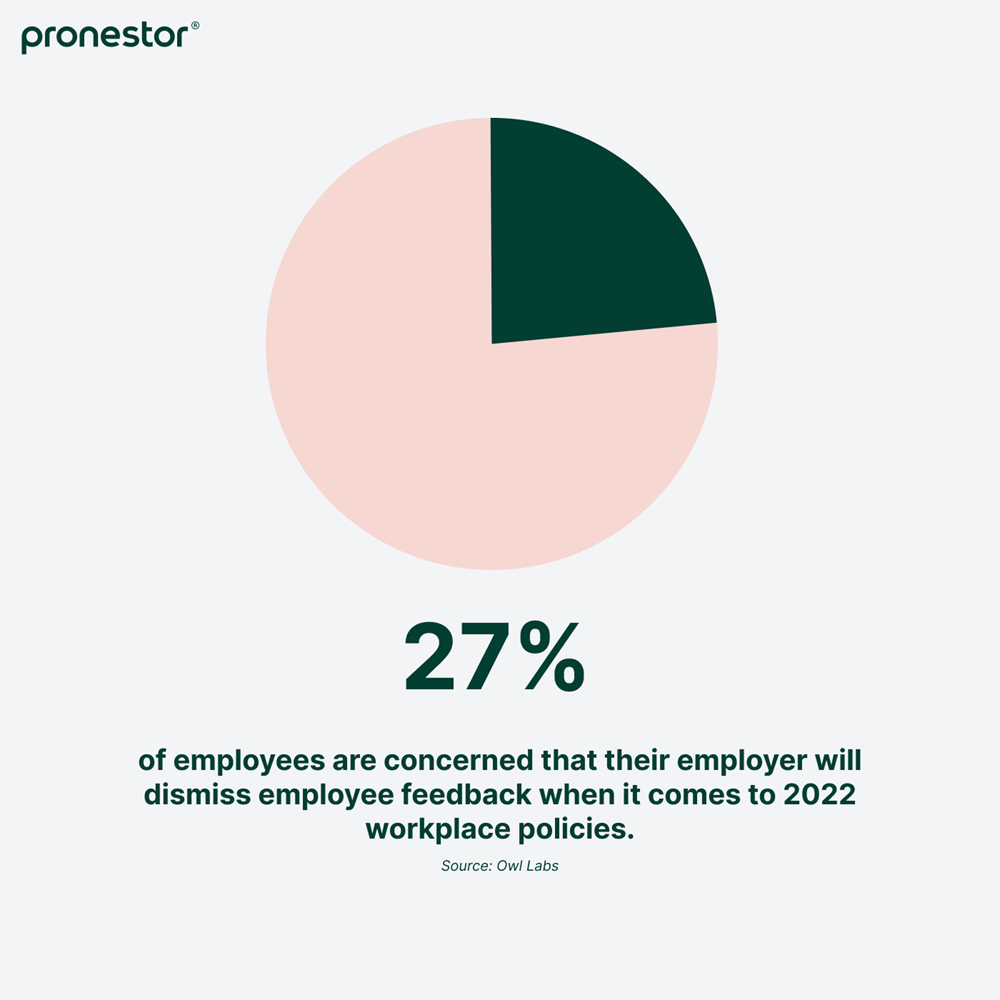
Returning to the office needs to be a collaboration
Communication needs to be a part of your return strategy, and the communication needs to go both ways.
Making your return to the office successful requires both employee and employer to enter into an open dialogue on how it is going.
Employee surveys can be a great addition to shaping your return strategy and presenting the data along with the strategy can help employees understand why certain choices have been made.

Your office needs to be ready for the future of work
It’s not enough to install bigger monitors and provide better coffee. You need to adapt you office to how employees use it, and that will require constant changes.
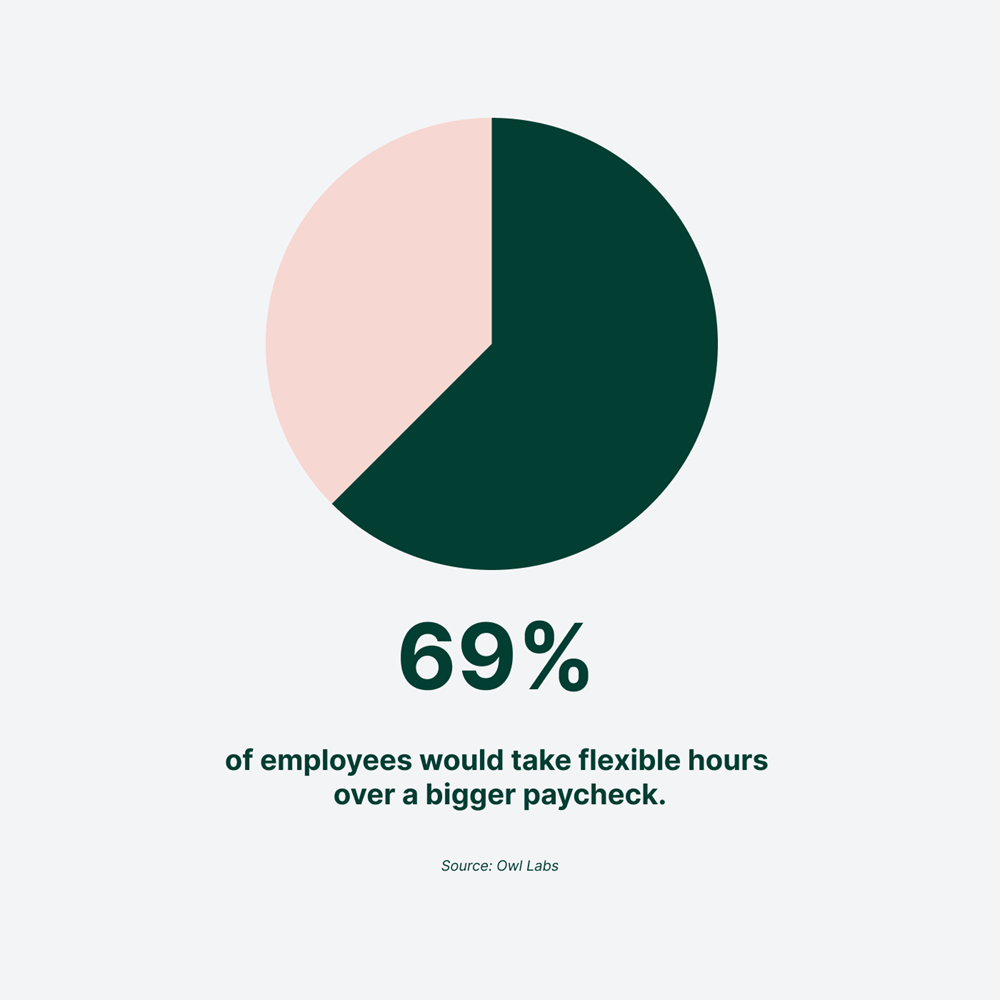
You can’t bribe employees back to the office
Flexibility and work-life balance is more important than bonuses and pay raises when it comes to retention and employee satisfaction. But it shouldn’t replace financial compensation.
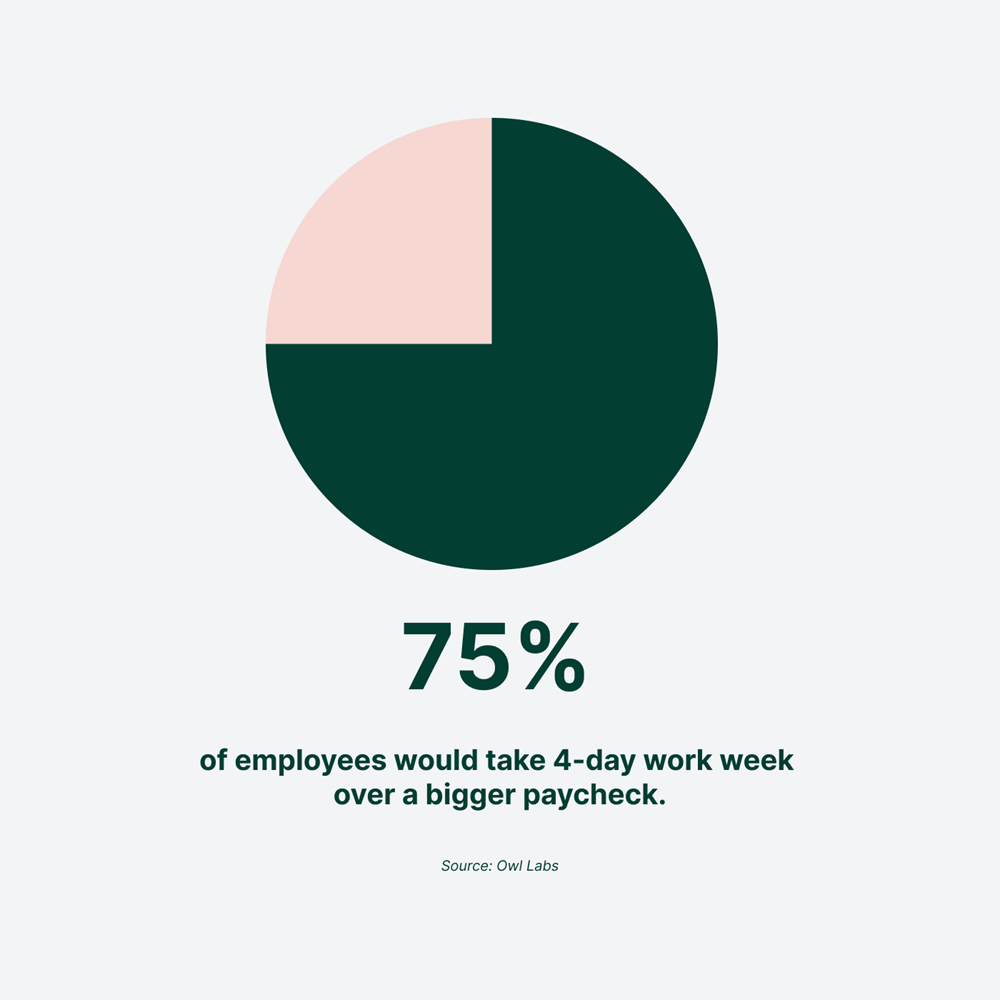
Changes to the way we work is not going to stop next year
This year one of the biggest experiments to implement a 4-day work week is taking place in the UK.
3300 workers at more than 70 organizations are currently adopting the 80-100-100 model, which means that they will be working 80% of normal hours while retaining 100% of their pay and 100% of the expected productivity. *
But the 4-day work week isn’t an alternative to hybrid and remote work. Its merely a change to how much we work. Changing how we work and where we work from can easily compliment the 4-day work week.
Additionally, it’s important to note, that a change to a 4-day work week requires just as much planning as adapting to hybrid work, if not more.
What is the new role of the office?
The one thing everyone seems to be able to agree on, when it comes to the role of the office in the future, is that the office needs to be an experience. The office needs to offer an alternative to the focused work environment of the home office.
In the current market, there are two different schools of thought on how to achieve this.
- The office should offer an environment where employees can socialize and collaborate,
- The office should be an experience separate from daily work
Making an office where employees can socialize and collaborate is a good approach, but it makes two assumptions. First, it assumes that each employee has the space in their private homes to create a space that lets them carry out focused work. And secondly, it assumes that collaboration is more difficult for remote teams, which isn’t always the case.
Rethinking the office and making it an experience can take a lot of different forms. One example is Salesforce and their Trailblazer Ranch.
The company wanted to help staff reconnect after two full years of working remote. To achieve that, the company has equipped a 75-acre ranch property in California with an outdoor amphitheater, communal kitchen, fitness and learning centers as well as conference rooms. *
Which version of the office is the future depends on the company and employees in question. But one thing seems to be certain, the office is not dead. It is, however, changing.
Data
The data on this page is gathered from two sources. One source is our meeting room booking software, Pronestor Planner. This data represents several hundred thousand monthly bookings made in more than 1100 companies in over 38 different countries.
The data concerning the state of hybrid work is gathered from the Owl Labs report titled “State of Hybrid Work 2022: Europe” which is a survey with 10,000 respondents from France, Germany, the Netherlands, the Nordics, and the United Kingdom. Respondents were evenly distributed between men and women, and different industries as well as company sizes, roles, and age brackets were represented in the survey.
Resources
https://www.cnet.com/tech/google-apple-twitter-reveal-return-to-office-policies/
https://www.theguardian.com/business/2022/jun/06/thousands-workers-worlds-biggest-trial-four-day-week
https://www.theguardian.com/us-news/2022/feb/11/salesforce-california-luxury-ranch-employees
https://owllabs.eu/state-of-hybrid-work-emea/2022

